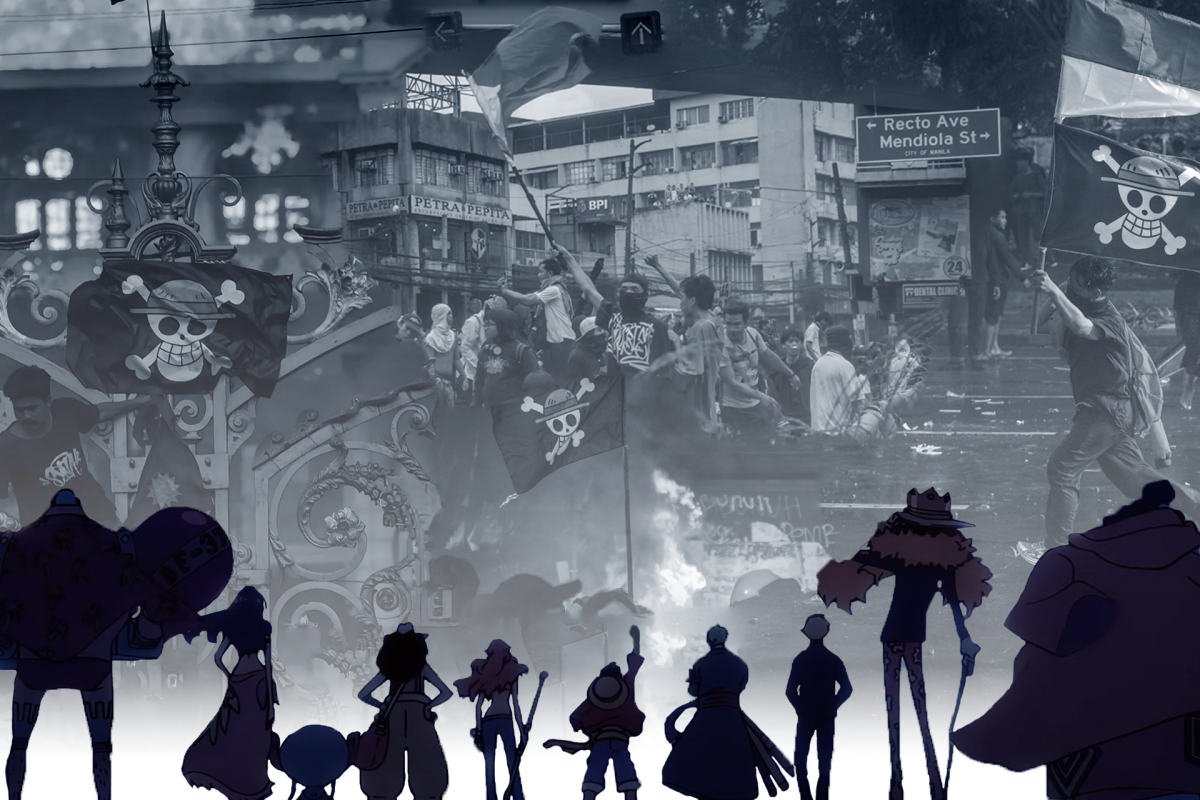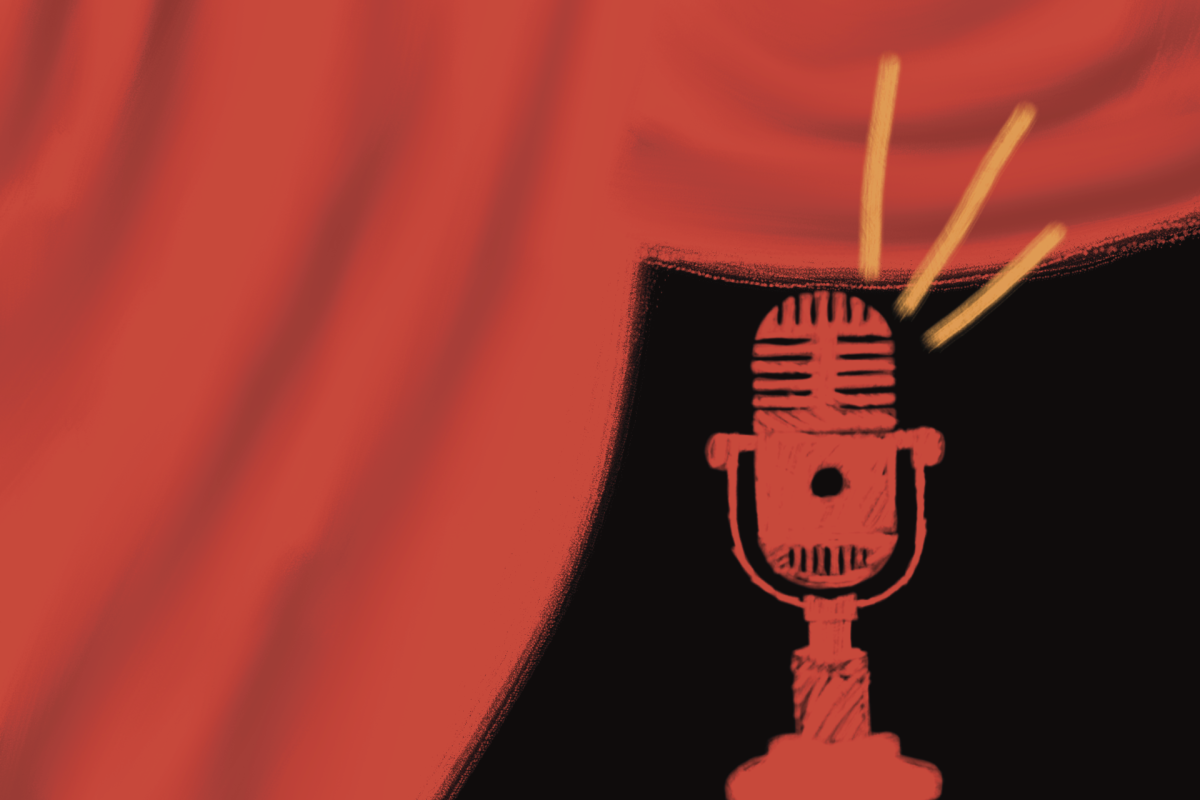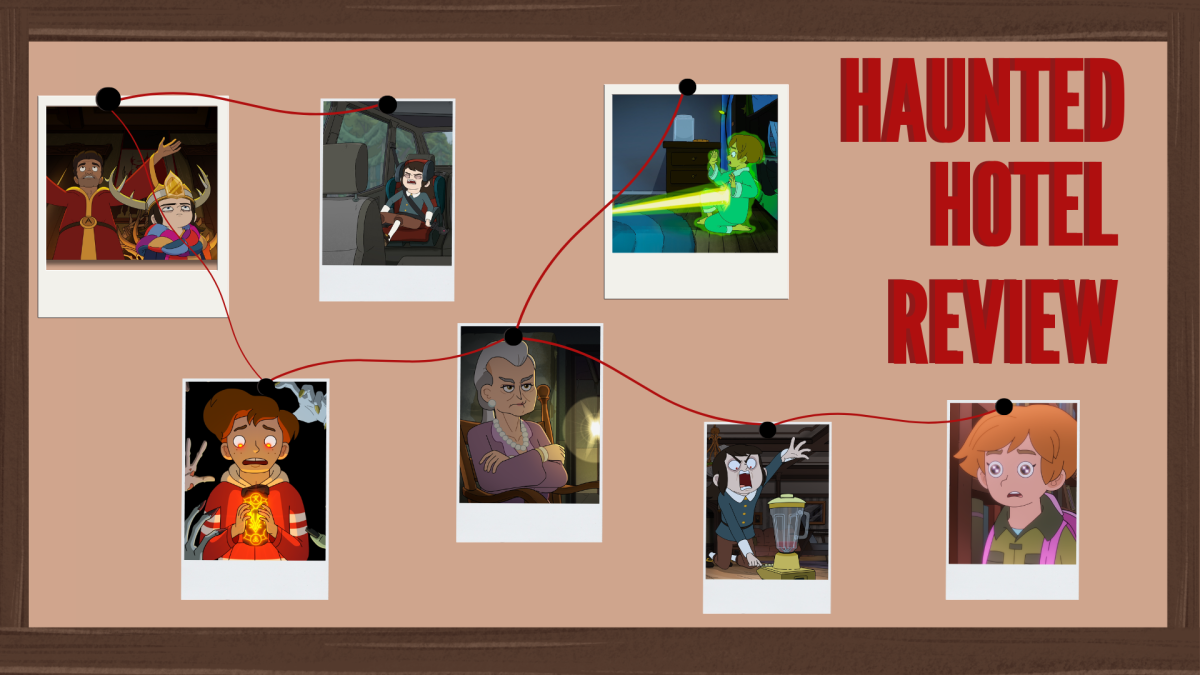The grim and grisly dystopian world of Suzanne Collins’ Panem returned on April 17 with her new addition to the book series, “Sunrise on The Reaping.” Collins deftly crafts an equally entrancing and horrifying story that forces readers to reconcile with the realities of our world reflected in the Orwellian nation of Panem.
Serving as a prequel to the original Hunger Games trilogy, the book follows District 12 citizen Haymitch Abernathy, through the 50th Hunger Games where he emerged as the victor at age 16. In the trilogy, Haymitch appears as the reluctant but beloved mentor to Katniss Everdeen and Peeta Mellark.
To summarize five books of world building into a few paragraphs, the Hunger Games universe is essentially set 300 years from now after climate change and war have wiped out humanity. Panem, the sole remaining nation located where the United States once was, is split into twelve districts.
At the heart of Panem lies the Capitol, where the privileged upper class live in a bubble of opulence and luxury, whereas the districts suffer inescapable poverty and a cruel lack of resources.
After the civil war called “The Dark Days,” the Hunger Games were created to annually remind the districts who holds the power in Panem. Each district must “reap” one boy and one girl, ranging from ages 12-18, to participate in a fight to the death where one child is crowned victor at the end. It’s barbaric and dehumanizing to the districts, but seen as an entertaining reality show in the Capitol.
Haymitch’s Games are briefly referenced in “Catching Fire” and “Mockingjay,” so the ending of “Sunrise on The Reaping” was made known long before the book came out. Haymitch’s life is a tragic one, defined by loneliness after his family is killed by President Snow and a struggle with alcohol abuse. I was curious to see how Collins would approach the story that everyone knew while still keeping it fresh and interesting, and she definitely surpassed my expectations.
The message of the book is hard to miss, and it’s clear what Collins’ intentions were. The first page is littered with quotes from George Orwell, William Blake and David Hume, all which provide some sort of commentary on the manipulation and propaganda that subdue revolution, and the implicit submission that must be broken in order to make real change.
The book opens on reaping day, with Haymitch waking up to his younger brother, Sid, wishing him a happy birthday. Haymitch’s internal monologue is one very different to what readers are familiar with. The contrast of his gruff, indelicate exterior throughout Katniss’ perspective in the original trilogy and the warm, compassionate teenager we are welcomed with in the book makes for a particularly heart-breaking question: What exactly crushed Haymitch’s spirit?
What’s different about these Games is the celebration of the Quarter Quell — the 50th anniversary of the Hunger Games — where the Capitol decides to make a modification to the traditional rules. This year each district will reap four children instead of two, increasing the tribute pool from 24 to 48.
What’s interesting is how deeply Collins thought about the developments within a totalitarian regime over time. What’s evident in the first prequel, “The Ballad of Songbirds and Snakes,” is how barbaric the Hunger Games are. Tributes are treated like cattle and are given no food, water or medicine.
In Katniss’ Games, tributes are prized and objectified, put on a pedestal to experience luxury before sending them to their deaths. Most of the Tributes have never encountered basic things like chocolate, a full meal or even running water. The Capitol’s romanticization of them creates a sense of infantilizing pampering.
The Quarter Quell offers a kind of middle-ground, with the effects of Snow’s “revamping” of the Games from a punishment to entertainment only beginning to take place. Tributes are housed in a run-down but functional apartment with food and water. The tributes themselves have also had access to some luxuries, with Haymitch saying his mother made a cake on his birthdays and Maysilee Donner, another tribute from District 12, being used to drinking coffee.
This kind of middle area displays how the wealth disparities between the tributes and the Capitol are significantly smaller in Haymitch’s time, reflecting the trend within oppressive structures where the wealthy grow richer and the lower class grow poorer.
Another case where Collins’ intentions with the novel are hard to miss is the presence of Plutarch Heavensbee, a character that readers know from the original book trilogy. He’s an annoying yet beneficial force that displays two of the major themes: the use of propaganda to manipulate truth and the moral sacrifices made when planting the seeds of a revolution.
Every move made by Plutarch is one that the readers know is long planned in his goal to bring down the Capitol, and his double agent act is one that was especially frustrating. His moves and countermoves are evident even now, and the way in which he both exploits Haymitch’s pain and assists him in the rebels’ plan is very telling of the slow-burning fire that ebbs away at an oppressive entity.
Through Haymitch’s reluctant participation in the Capitol’s spectacle, Collins underscores the grotesque commodification of human suffering as both punishment and entertainment. The arena itself becomes a cruel mirror, twisting each tribute’s background into a personalized weapon — muttations seemingly designed to haunt them with their own pasts. In this chilling design, Snow and the Capitol are not just tyrannical, but sadistically imaginative.
Yet amid the blood and spectacle, a quiet form of rebellion emerges: the refusal to be emotionally consumed by the Capitol’s gaze. Haymitch and the other tributes repeatedly resist becoming products — not just physically, but emotionally. The haunting mantra “They will not use my tears for entertainment” becomes a defiant shield, a way of reclaiming ownership over pain in a system that demands it for profit. In a world where even grief is repackaged for viewership, this refusal becomes radical.
What Collins truly excels at is depicting the true nature of grief, human survival and the desensitization to death and misfortune. Citizens of the districts navigate life with pain, hunger and death being an ever-present force, always with a loved one to haunt the narrative. Haymitch’s utter despair and anguish over having to lose Lenore Dove, his girlfriend, is such a casual and recurring thought that there’s no mistaking the constant batter of yearning in the back of his mind.
All in all, the book is impeccably paced, explosive with political commentary and utterly captivating from start to finish. I would recommend it to everyone. Collins doesn’t just tell a story, she traps readers in an evolving paradox. As the Hunger Games universe expands, so does the appetite for more; fans clamor to see Finnick Odair’s Games, stories from the “The Dark Days,” and other tributes’ backstories, unknowingly echoing the same voyeuristic hunger that made the Games thrive in Panem.
In doing so, Collins blurs the line between critique and complicity, and forces readers to reckon with the unsettling realization that we too are drawn to the spectacle. We cheer, we theorize, we consume — and in that act of consumption, the Capitol’s legacy lingers. The franchise becomes a mirror, and readers are left wondering whether they are spectators or victims.
Edited by Alyssa Royston | [email protected]
Copyedited by Emma Harper and Ava Mohror | [email protected]
Edited by Annie Goodykoontz | [email protected]















